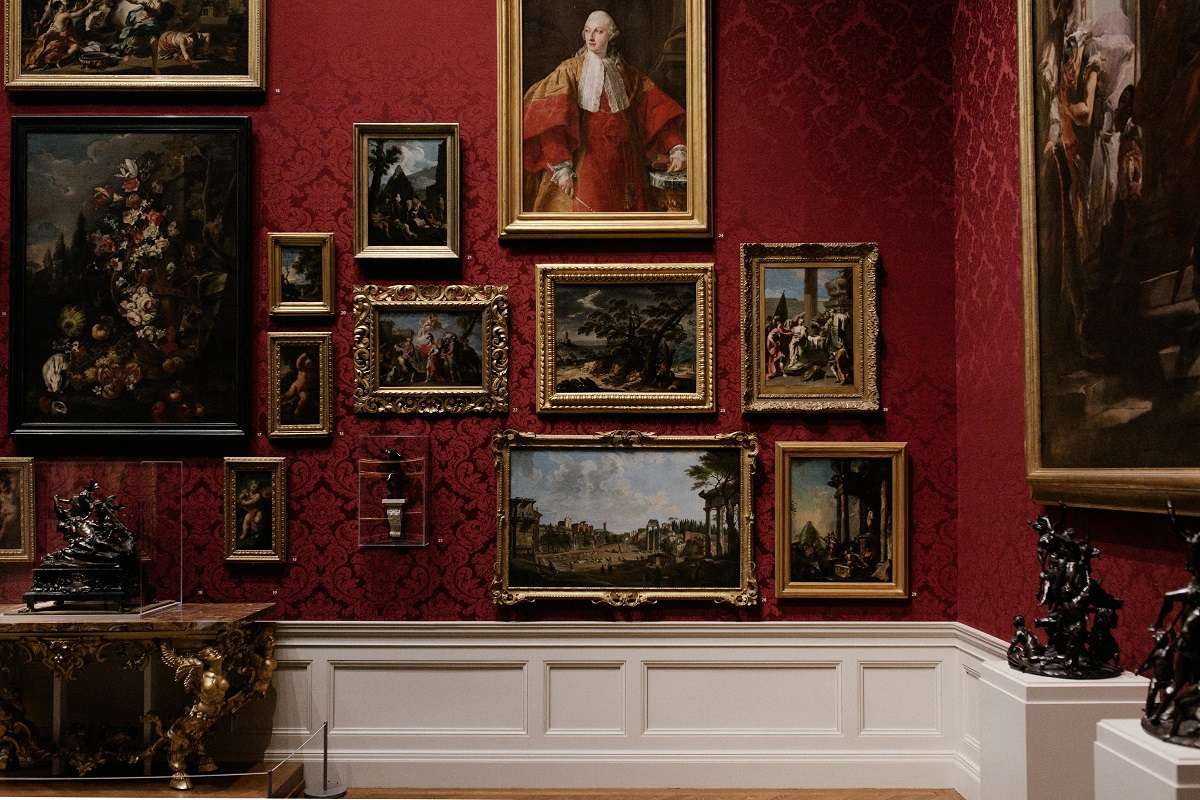
How to Manage an Art Collection
February 19, 2024Managing an art collection requires dedication, passion, and a deep understanding of best practices for maintaining, organizing, and enhancing the art objects you own.
Whether you're a seasoned collector or a novice enthusiast, understanding how to effectively manage your collection is crucial for preserving its aesthetic and financial value over time. In this article, we will explore the key aspects of managing an art collection, from cataloging to conservation, from insurance to sharing the works with the public.
Organizing and cataloging your collection
The first crucial step in managing an art collection is organizing and cataloging the works. Creating a detailed catalog provides a comprehensive overview of the collection, facilitating management and accessibility. Each artwork should be documented with essential information: title, artist, year of creation, dimensions, technique used, current condition, provenance history, and any restoration interventions. Using art collection management software or simple spreadsheets can streamline this process, making it easier to track the works and their conditions over time.
Conservation and care of artworks
Conservation is a fundamental aspect of ensuring that your collection maintains its value and beauty. Environmental factors such as lighting, humidity, and temperature must be carefully controlled to prevent damage. Works on paper, for example, require particularly careful conservation conditions to avoid yellowing or degradation. Investing in quality frames with UV-protective glass can protect works from harmful light, while the use of dehumidifiers or air conditioners can help maintain a stable environment. Additionally, it's important to place the works away from direct heat sources or areas with high exposure to dust and pollution.
Insurance for your art collection
Insurance for an art collection is a critical element in its management, given the often priceless and irreplaceable nature of artworks. Choosing an appropriate insurance policy for your art collection requires a clear understanding of the associated risks and the options available to mitigate them. Here are some key aspects to consider when insuring an art collection.
Assessment of the collection's value
Before subscribing to an insurance policy, it is essential to conduct an accurate assessment of the collection's value. This often involves engaging an independent art appraiser who can provide an impartial estimate of the market value of the works. The assessment should include every single work in the collection and should be periodically updated to reflect any changes in the art market, as well as the addition of new works or the sale of existing ones.
Tailored coverage
Insurance policies for art collections can vary significantly in terms of coverage. Some policies offer "all risks" coverage, which protects against a wide range of eventualities, including theft, physical damage, losses during transport, and natural disasters. It's important to discuss with the insurer the specific needs of your collection to ensure that the chosen coverage is adequate. For example, if a significant portion of your collection comprises works on paper, you may require specific coverage for damage caused by humidity or light.
Additional policies for events and transportation
If you plan to loan works to museums or galleries, or if you frequently purchase and sell pieces from your collection, you may need to consider additional insurance policies to specifically cover the transport and exhibition of works. These policies can provide protection during the transportation of artworks, both nationally and internationally, and during their exhibition in spaces outside your home or storage facility.

How to Lend or Exhibit Artworks
Sharing your art collection with the public, through loans to museums or exhibitions, can be a rewarding way to promote culture and art. Before lending a work, it is vital to ensure that the hosting institution follows appropriate conservation standards and that adequate insurance coverage is in place. It is also prudent to establish a contract specifying the conditions of the loan, duration, and responsibilities of both parties in case of damage or loss.
Organizing private exhibitions or opening your collection to the public requires careful planning and management. In addition to logistical aspects such as transportation and installation of the works, it is important to consider the narrative and flow of the exhibition to ensure an engaging experience for visitors.
Conclusion
Managing an art collection is a complex and rewarding process that requires ongoing commitment. Organizing and cataloging the works, maintaining high conservation standards, insuring the collection, and sharing the works with the public are all crucial aspects that contribute to the success and satisfaction of managing an art collection. With the right practices and dedication to caring for the works, collectors can ensure that their collection is appreciated and preserved for future generations.
...
WeVillas is not just synonymous with luxury.
It's a true emblem of a lifestyle. And the intersection of art, luxury, and lifestyle transforms every stay into a cultural and emotional journey.
We are always ready to offer you the best luxury travel experience!
We are a young and enthusiastic group, working in luxury tourism for over 10 years. We personally select the villas we offer to our clients and ensure they meet the highest standards from every perspective.
For our clients, we seek only the best, nothing less!
Insights
How to create a meaningful and personal art collection
Valutating and authenticating artworks
The Art Market and Current Trends
Identifying the Style and Artistic Interest in Art Collections
Exploring the world of art collecting
The succession of the art collection: a guide for collectors and heirs
From galleries to auctions: where to find artworks for your collection










